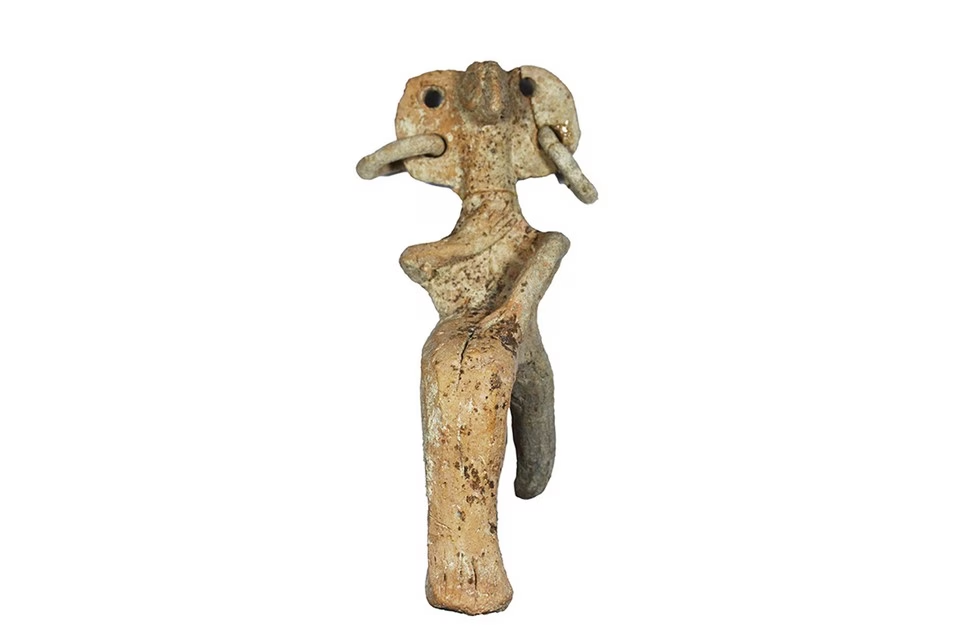Ongoing archaeological excavations in Cyprus uncover richly furnished tombs and evidence of long-distance trade from the Late Bronze Age
The Department of Antiquities under the Ministry of Culture of Cyprus has announced that excavations at the Late Bronze Age settlement of Dromolaxia-Vyzakia (Hala Sultan Tekke) continued throughout May and June 2024. Led by Professor Peter M. Fischer from the University of Gothenburg, an international team unearthed important finds in the necropolis area, shedding new light on Cyprus’s role in ancient global trade networks.
A 3,400-Year-Old Harbour City Reveals Its Secrets
The settlement, dating from approximately 1630 to 1150 BCE, spans over 25 hectares and is located near the Larnaca Salt Lake, close to both the Hala Sultan Mosque and Larnaca International Airport. Based on prior surface surveys and geophysical studies, the current excavations are focused on Area A, a burial ground outside the city limits.

There, archaeologists uncovered three multi-room tombs (designated ZZ, ABE, and ABW) dating back to the 14th century BCE. Although the tomb ceilings had collapsed in antiquity—damaging some items—they effectively sealed and preserved the funerary contents.
Imported Treasures and Local Craftsmanship
The tombs held a combination of locally produced ceramics, tools, and jewelry alongside imported objects from across the Eastern Mediterranean and beyond, including:
- Chariot kraters depicting warriors on horse-drawn chariots from Mycenaean Greece,
- Pottery from Berbati and Tiryns in the Peloponnese (confirmed through Neutron Activation Analysis),
- Ivory, hippopotamus tooth artifacts, and gypsum vases from Egypt,
- A rare terracotta bird-shaped figurine of a seated woman made locally,
- Two seal cylinders—one of hematite, the other of copper—engraved with deities, humans, and animals.

These discoveries reflect strong trade connections with the Aegean, Anatolia, the Levant, and North Africa.
Burial Customs Reflect Generational Use and Mortality Patterns
Human remains from newborns, children, adolescents, and adults over 40 were found, offering insight into low life expectancy in the Late Bronze Age. In some cases, bones from earlier burials were intentionally rearranged, indicating multi-generational tomb use. The stratigraphy of these burials complements the city’s own occupational layers and helps establish a reliable chronology.
Cyprus as a Late Bronze Age Trade Hub
The wealth found in these tombs suggests they belonged to elite families engaged in copper production and long-distance trade. Preferences for certain imported items may point to the presence of specialized merchants or migrant communities. These findings support the view of Dromolaxia-Vyzakia as a cosmopolitan center of Late Bronze Age exchange.

Future Excavations and Analysis Ahead
Given the labor-intensive nature of the excavation process, several tombs remain partially unexcavated and have been carefully preserved for future study. Work continues on analyzing the skeletal remains to determine individual counts, sex, age, pathology, and trauma. These results are expected to provide deeper insight into the community’s health, demographics, and social organization.
Cover Image Credit: Drone image of Hala Sultan Tekke on the island of Crete with its excavated city quarters in the foreground, the harbor to the left and the Mediterranean Sea in the background. ( University of Gothenburg / CC BY 4.0)





